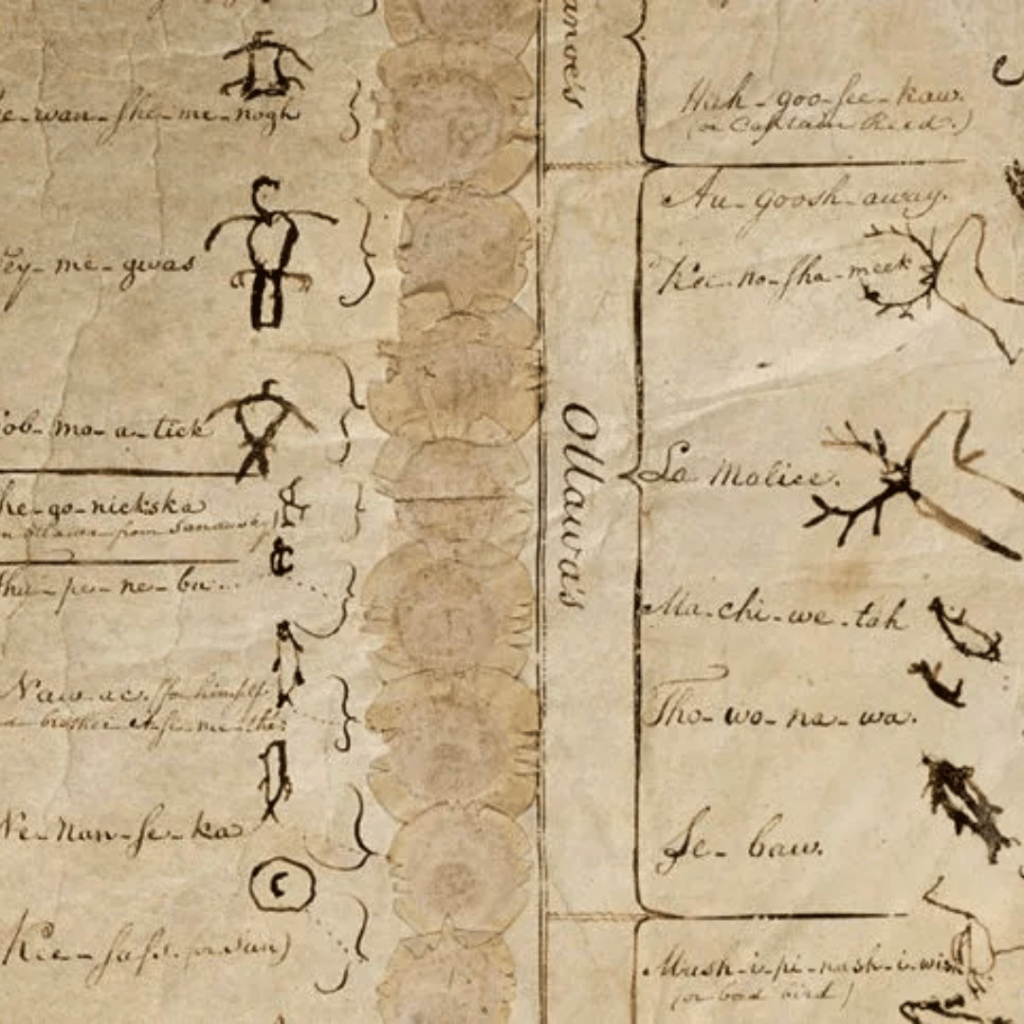
The Land Was Not Empty
Thursday, January 26, 2023
From Michael Anthony Howard, Minister of Faith in Action,
Living Water Association, Ohio North East, UCC
Tags: Streams of Connection | From Our Association Ministers | Faith in Action
The places where we live, play, work, and worship are the result of more than two centuries of collective development, where the rights of private property and profit dominate all other rights. In the colonial imagination most of us inherited, prior to America’s westward expansion, the region our Association covers was empty space. Space sounds expansive, vast, infinite, like a blank canvas, simultaneously everywhere and nowhere. This land, however, was not empty or unpeopled.
Ancient peoples, collectively known as “Mound Builders” inhabited this land long before the Erie were here. Perhaps these mound builders were the first people to call this place home. Later, Northeast Ohio would become home to numerous indigenous nations. The signing of the Treaty of Greenville in the summer of 1795 was one of those episodes of human history where we get to see how the right to place was usurped by the right to property ownership. Justified by the Doctrine of Discovery, a legal construct with divine, ecclesiastical authority, colonial dreams became the reality. Settlers drew imaginary lines using Cartesian geometry that cut space into places for profit. They made maps with violent borders created for the sole purpose of delineating property ownership. This imagined empty space was filled with unimaginable resources, destined for extraction, production, and development—in other words, civilization. When empty space becomes private property, place becomes oppressive.
The land was not empty. It was inhabited by people whose rights to the future of this place had been traded for symbols on documents enforced by a monopoly on violence. By that time, these communities had already spent almost two hundred years defending their right to the place they called home against colonial expansion. Over 100 villages had already been burned to the ground. When the tribal chiefs of the Wyandot, Lenape, Shawnee, Ottawa, Miami, Chippewa, Potawatomi and Kaskaskia nations signed the treaty using icons of animals as their signatures, they represented thousands of families who would now be forced to journey to find new places and new homes.
The rights to the future of much of Northeast Ohio would soon belong to the 36 founders and 7 directors who made up the Connecticut Land Company. They sent Moses Cleaveland, a graduate of Yale in a hurry to return to his 20th year reunion, with a team to map and survey the land they would now have access to. Still, the land was not empty. Cleaveland and his surveyors still had to “negotiate” with the Massasagoes tribe. Even so, Moses Cleaveland and his team determined the future of this supposedly empty land with imaginary boxes drawn out on paper with a pencil and a ruler, understanding that it was their divine right to do so.
Upon arrival, new settlers would clear tracts of land, murder the wildlife, construct cabins, plant crops, and build churches. Our congregations, our religious traditions, our counties and townships, and even our theological educations are all implicated in this history of the sins of place, sins committed by those who inhabited this land before us. If we are to bring healing and wholeness to the world, we will need new visions of ministry that decolonize our imagination of place, perhaps beginning by rethinking our understanding of our relationship to Creation and the human right to the future of the places we inhabit.
*Correction: This article previously mistakenly named the Haudenosaunee Confederacy as part of the Treaty of Greenville. For more information about the Haudenosaunee Confederacy, Please see: https://www.haudenosauneeconfederacy.com/ their official website.
